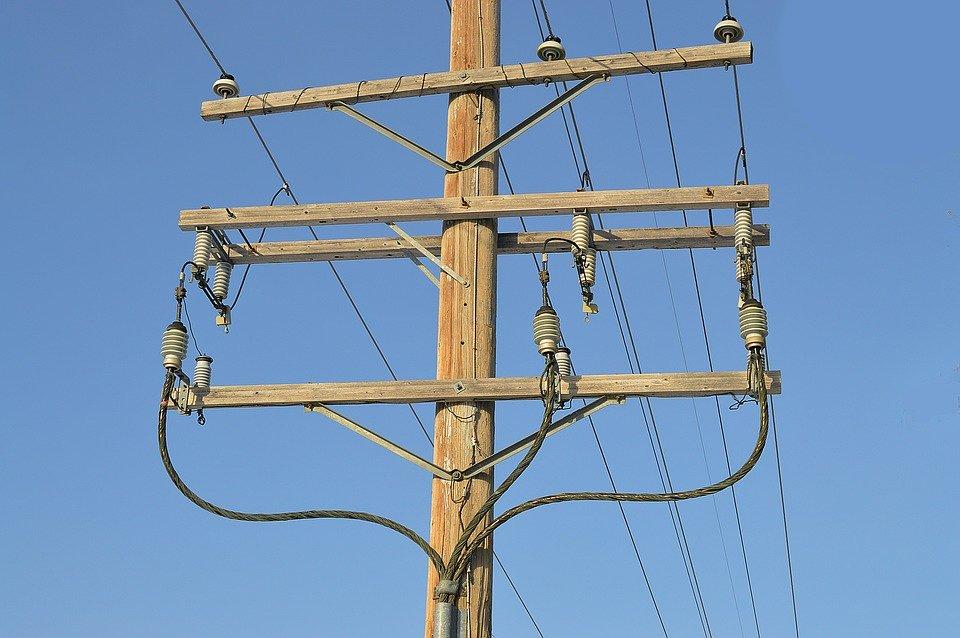In almost all developed countries globally, it is rare to see utility cables above ground. The technique of burying pipes and conduits below ground is not only used to beautify surroundings, but also protect the pipes from damage. Also, since urban communities are growing at an exponential rate, it is wiser to have multiple utility services underground.
The role of horizontal directional drilling in utility pipe installation
Perhaps what has helped significantly in the efficient installation of pipes underground is the HDD method. It involves using a special rig designed to drill a single hole where the pipe gets pulled in and secured in place. Before there was HDD, the only way you could install conduits underground was by open-pit trenching. Although quite useful, the technique is time-consuming, labour-intensive, and highly disruptive to the surroundings.
When HDD was developed, the utility industry was significantly advanced. With the help of directional drilling companies, utility providers were able to complete projects that would have otherwise been impossible using the open-cut method. Moreover, HDD helped preserve critical environmental features such as streams and rivers by drilling underneath them.
The main benefits of installing utility pipes underground
Apart from convenience, these are the notable benefits of underground conduit installation:
- A single borehole provides sufficient space for installing multiple utility cables. For example, you can put gas, water, and telecommunications lines in one borehole.
- Utility cables installed underground are not susceptible to damage. In areas prone to snowstorms and hurricanes, residents will not have to worry about experiencing power outages.
- Minimises live wire incidents
- Improves the appearance of infrastructure projects, primarily residential and commercial buildings.
- There is no need to prune trees which may damage hanging utility wires
- Underground cables are also protected from insect infestation.
As communities become highly urbanised, underground cables are a feature that will define how utility services are made available to consumers.
What about the cost?
One of the reasons why underground cables aren’t as popular in developing countries is the cost. Indeed it takes significant capital to invest in below-ground conduits. Nevertheless, HDD as a technique is already being considered by some developing countries to update their urban infrastructure, but not to the same extent as developed countries.
The bright future of underground pipe installation
While it may be challenging to ultimately convert the utility services of an entire city and place them underground, the good thing is that as urbanisation spreads throughout the country, underground pipe installation has become the preferred method. As more utility providers prefer this technique, the HDD industry will continue to benefit from the steady demand. The telecommunications industry alone is expected to fuel the market as innovation requires the installation of new cables to connect consumers.
Because installing pipes underground has many benefits, it is unlikely this technique will be abandoned. Instead, companies will continue to innovate in terms of equipment, accuracy, safety, and cost-effectiveness. In the near future, it might be possible to see an entire shift to underground cable installation as the only solution to supplying utility services.



